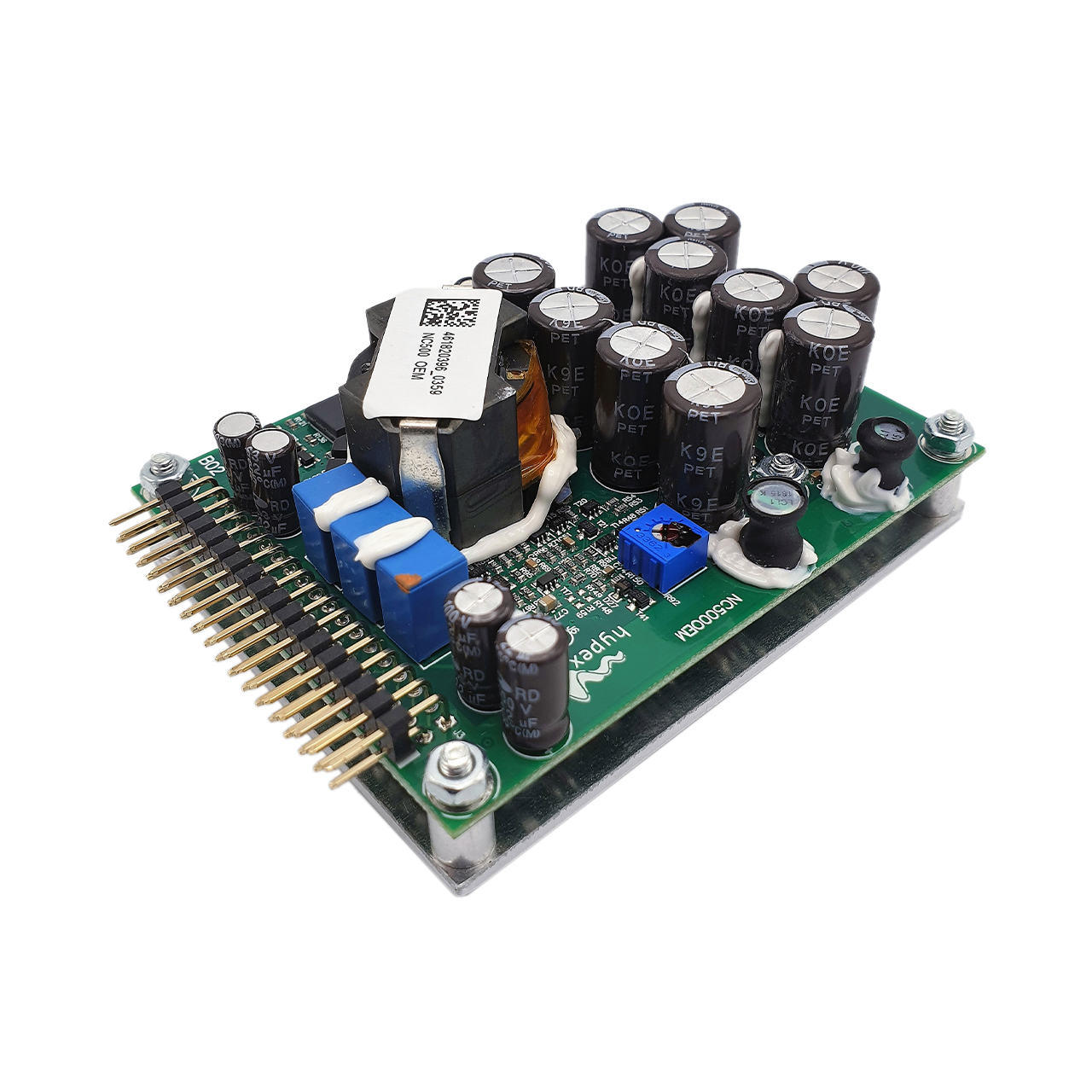I would like to open the thread dealing with important publications on class D amplifiers principles, topologies, characteristics and limitations. One of the great sources is the Hypex publications library at

 www.hypex.nl
www.hypex.nl
The most explaining and resourceful publication is IMHO the "AES Class D master class" presentation
which explains in detail class D principles and also the main different basic topologies, the hysteresis modulator and the phase shift controlled oscillator. Benefits and limitations of both approaches are explained and it would explain to the reader what he could expect from both approaches.
UcD principle and comparison to hysteresis modulator is also explained in
and NCore improvement over UcD in
and also in
I believe that these publications might help the ASR visitors for better understanding of results of class D reviews here at ASR.
I would be very grateful if @amirm , @BDWoody or @AdamG247 could make this thread sticky, as it links to basic and necessary literature to understanding of class D function and parameters.
----------------------------------------
https://www.cornestech.co.jp/images/uploads/file/products/pdf/oa_product7-4_201503.pdf
Audio Precision white paper "Measuring Switch-mode Power Amplifiers". All the basic measuring methods like THD, THD+N/level, THD+N/frequency, IMD, DIM, noise, damping factor, crosstalk are explained quite in detail. A lot of permanently repeated questions is answered.

Hypex support downloads
Hypex downloads is the place where we publish our application notes and white papers.
The most explaining and resourceful publication is IMHO the "AES Class D master class" presentation
which explains in detail class D principles and also the main different basic topologies, the hysteresis modulator and the phase shift controlled oscillator. Benefits and limitations of both approaches are explained and it would explain to the reader what he could expect from both approaches.
UcD principle and comparison to hysteresis modulator is also explained in
and NCore improvement over UcD in
and also in
I believe that these publications might help the ASR visitors for better understanding of results of class D reviews here at ASR.
I would be very grateful if @amirm , @BDWoody or @AdamG247 could make this thread sticky, as it links to basic and necessary literature to understanding of class D function and parameters.
----------------------------------------
https://www.cornestech.co.jp/images/uploads/file/products/pdf/oa_product7-4_201503.pdf
Audio Precision white paper "Measuring Switch-mode Power Amplifiers". All the basic measuring methods like THD, THD+N/level, THD+N/frequency, IMD, DIM, noise, damping factor, crosstalk are explained quite in detail. A lot of permanently repeated questions is answered.
Last edited:



